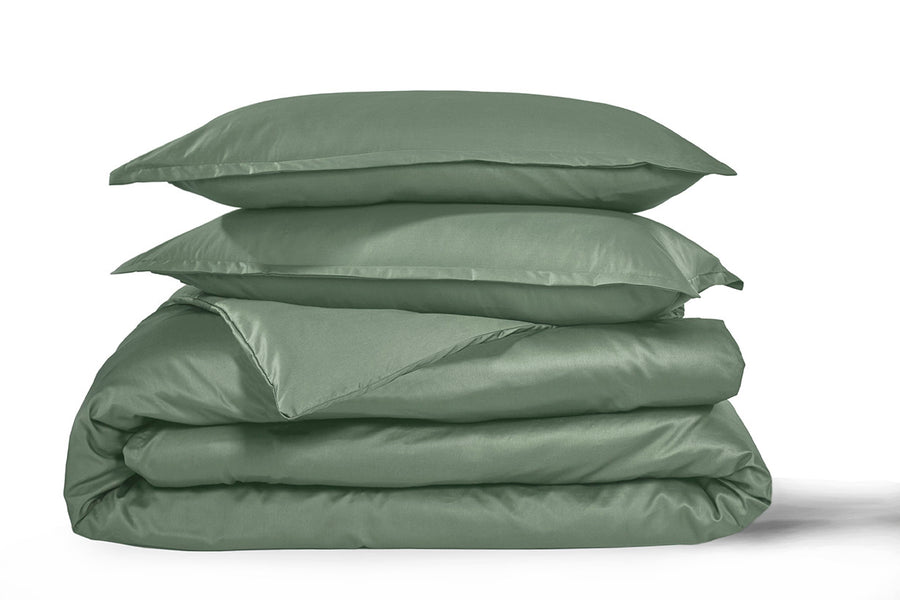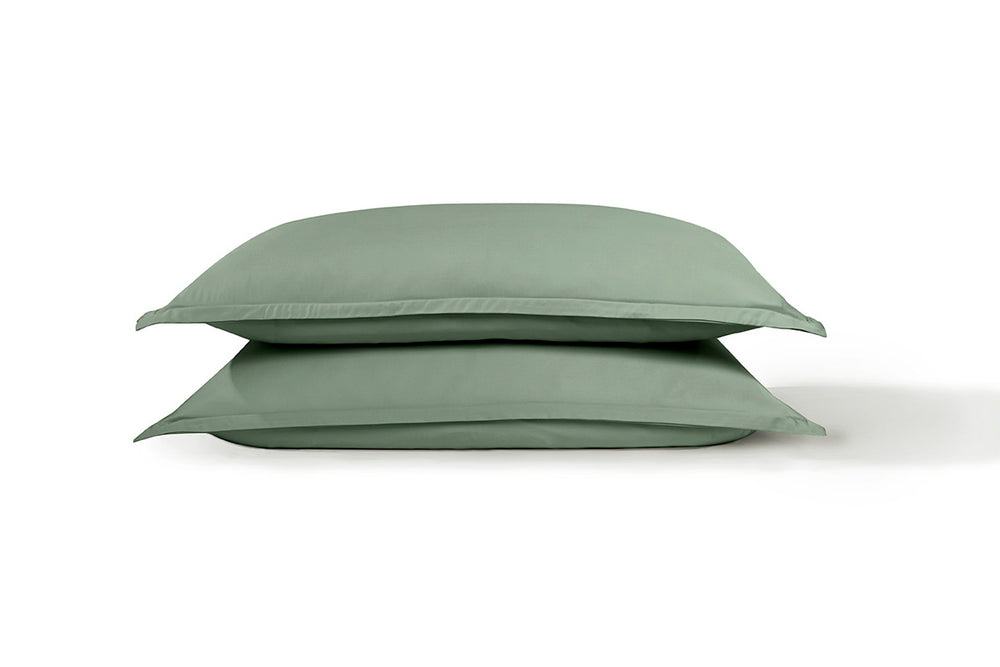The Side Sleepers Ultimate Guide For Better Sleep
How to Sleep Best on Your Side
Although experts have long recommended sleeping on your back for the most restful sleep, the truth is that most US adults sleep on the side. This sleeping position provides several benefits, but there is a correct way to do it. Otherwise, you may risk waking up with pain in your shoulder, neck, back, or joints.
Read on to discover everything you need to know about side sleeping.

Side Sleepers: Who Are They?
Research shows that sleeping on the side is the most common sleeping position among adults, and we can find side sleepers in every demographic category.
Interestingly, most older adults and people with higher body mass index (BMI) prefer sleeping on the side. Sleeping on the side is also recommended for pregnant women, as it improves blood flow and keeps the pressure off the liver and other organs.
Pros and Cons of Side Sleeping
Pros:
- Reduces snoring which is a common symptom of sleep apnea
- Improves digestive system functioning
- Reduces bloating, constipation, and heartburn
- Proper spine alignment
- Back pain relief
- The best sleeping position for pregnant women
Cons:
- Higher risk of shoulder pain
- Increased pressure on the heart when sleeping on the left side
- Your arms can go numb
Is It Better to Sleep on Your Right or Left Side?
Sleeping on either side brings the benefits of proper spine alignment, back pain relief, and improved sleep apnea symptoms. However, only the left side provides benefits linked with enhanced digestive system health, reduced bloating, constipation, and heartburn.
In fact, sleeping on the right side can increase the chances of acid reflux and gastrointestinal problems because of the stomach’s natural position and gravity. It can cause heartburn or discomfort.
Sleeping on the left side is also recommended for pregnant women as it is optimal for better circulation between the mother and fetus, and it keeps the pressure off the liver. Some studies hint that heart failure patients preferred sleeping on the right side, as laying on the left side probably causes more discomfort for these people.
Overall, it seems like sleeping on the left side brings more health benefits. However, if you are sleeping on the right side comfortably without experiencing any side effects, you have nothing to worry about.
How To Side Sleep Without Hurting Your Shoulder?
If you suffer from shoulder pain after sleeping on your side, there are a few things you can do. First, you need to find the right mattress type and firmness. Side sleepers can benefit from using foam mattresses that allow shoulders and hips to sink inside, taking pressure off of them. The firmness level should be soft to medium, depending on your weight and preferences.
The pillow is as important as the mattress for side sleepers. You have to select the right height, firmness, and shape that allow your spine to stay aligned throughout the night. You need a pillow that will enable your head to remain directly between your shoulders, leaving your spine in a neutral position. A firm and responsive option is the best for that.
Don’t put your arm under the pillow as it can cause numbness and additional muscle and shoulder discomfort. You can always do a few stretches after waking up, as it can help you deal with achy joints and muscles.
What Pillow Should a Side Sleeper Use?
Side sleepers should select a thick and firm pillow that allows the correct spine and head alignment. The filling isn’t as important, and you can choose anything from down to memory foam or latex. If you toss and turn at night, then a softer option is better. However, if you tend to stay in one place, look for a solid foam pillow to support that one position throughout the night.
What Is the Best Position for Side Sleeping?
There are several side sleeping positions, and each should be good for you as long as you wake up well-rested. There are many more variations, but we decided to present you with the four most popular ones. Each one brings unique benefits, and we can’t single out any as the best one. So, as long as it works for you and you wake up well-rested with no discomfort or pain, you are good.
The Fetal Position
The most common one is the fetal position that resembles the natural placement in the womb. The legs are tucked in close to the body, and arms are wrapped comfortably around them.
People feel secure and comfortable sleeping this way, and this position is also recommended to pregnant women.
If you feel pain in the hips or lower back in the fetal position, place a pillow between your knees.
The Log
The log position is just what it sounds like – sleeping straight with arms on your side. It is excellent for people struggling with snoring with sleep apnea, but it can cause arm numbness and joint discomfort.
The Yearner
The yearner is similar to the fetal position, except that people sleeping this way stretch their arms in front of the body. It is great for people with sleep apnea symptoms, but it can cause arm discomfort.
The Pillow Snuggler
Pillow snugglers like to wrap their arms around a pillow or a blanket, holding it close during the night. The additional cushion can provide superb pressure relief, and it’s perfect for people with achy joints or muscles.
What Mattress Firmness Should I Sleep on as a Side Sleeper?
Typically, side sleepers prefer soft to medium mattresses. These options can offer needed support, especially in the hip and shoulder area, as these joints are under the most pressure when sleeping on the side.
Lighter people typically need softer mattresses, while heavier than average individuals should look for a medium mattress for better support and durability. Either way, a foam mattress is a way the go as you can sink into it as it contours around your body.
You can take a look at our mattress selection, including The Grand Luxe, which allows you to select your preferred firmness level for the most comfortable sleeping experience.








